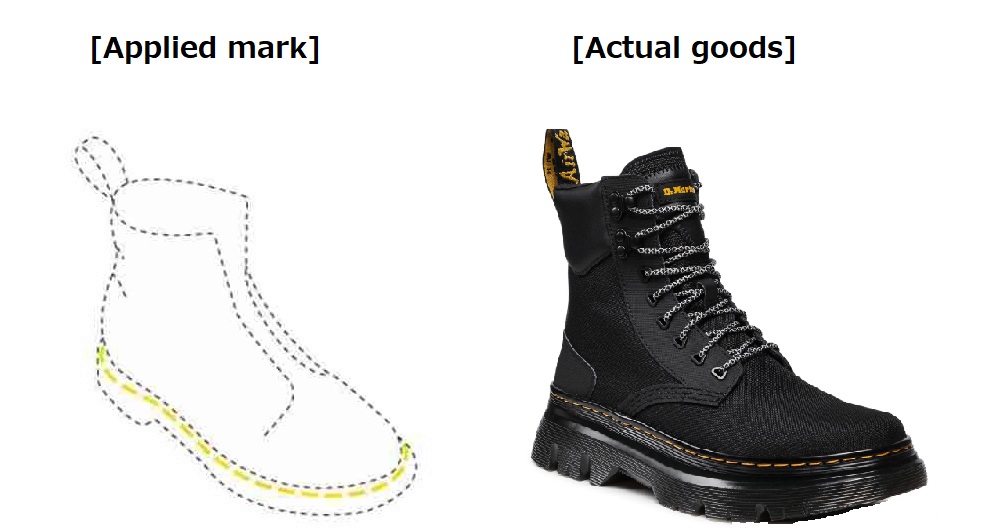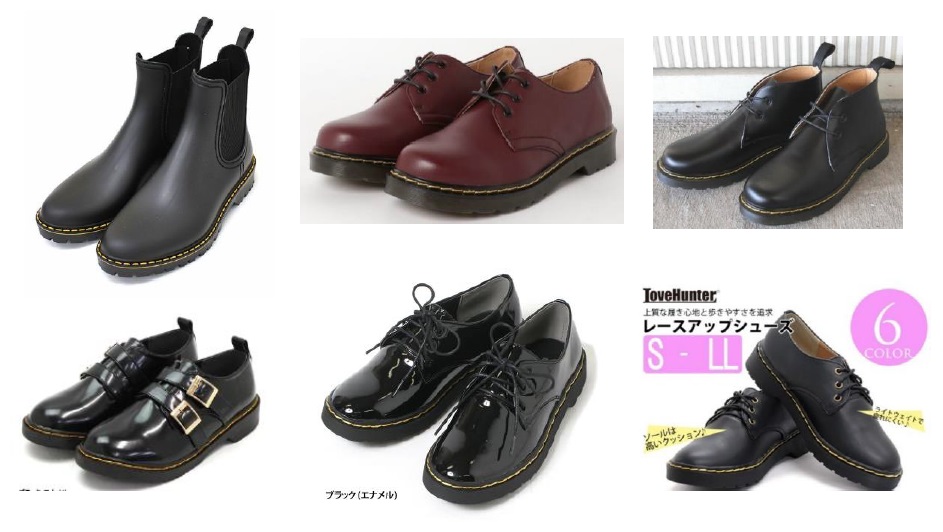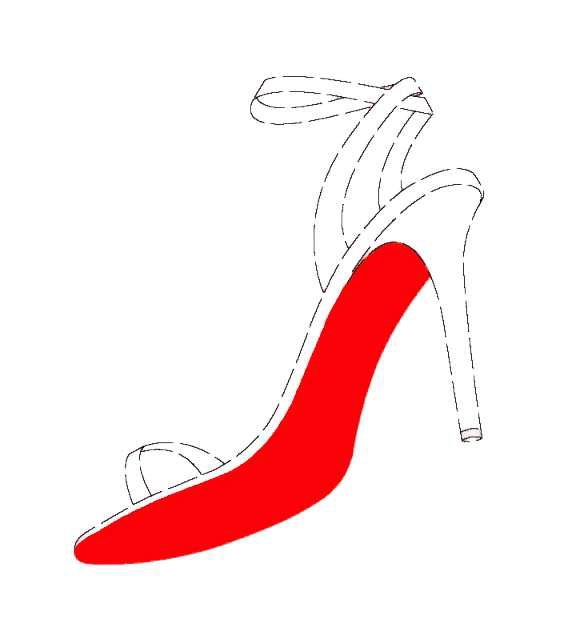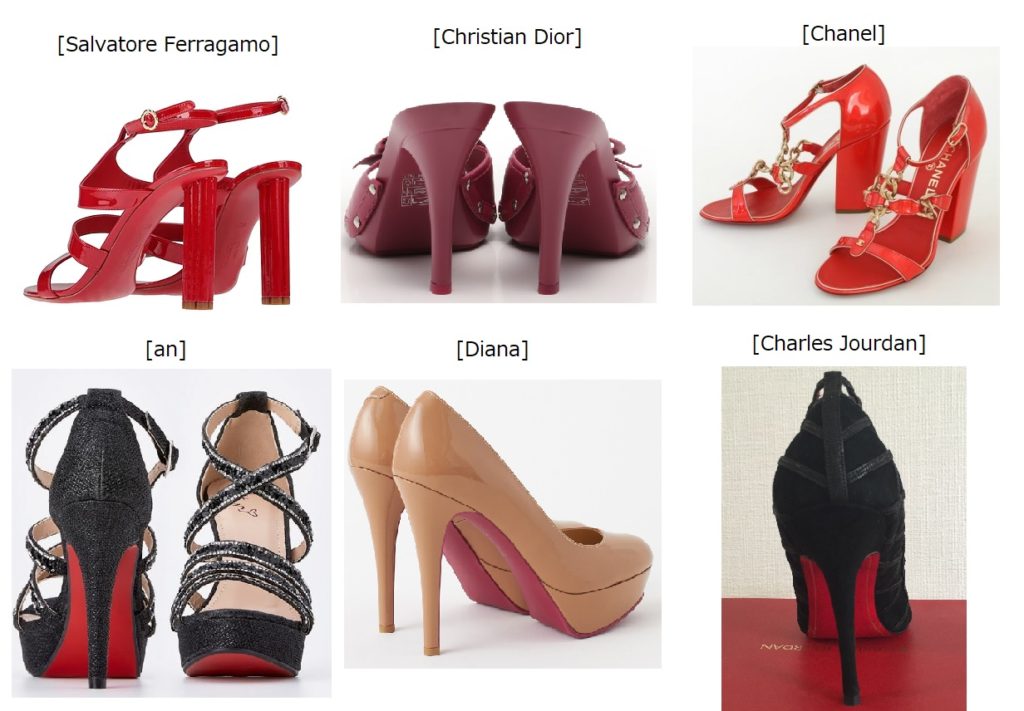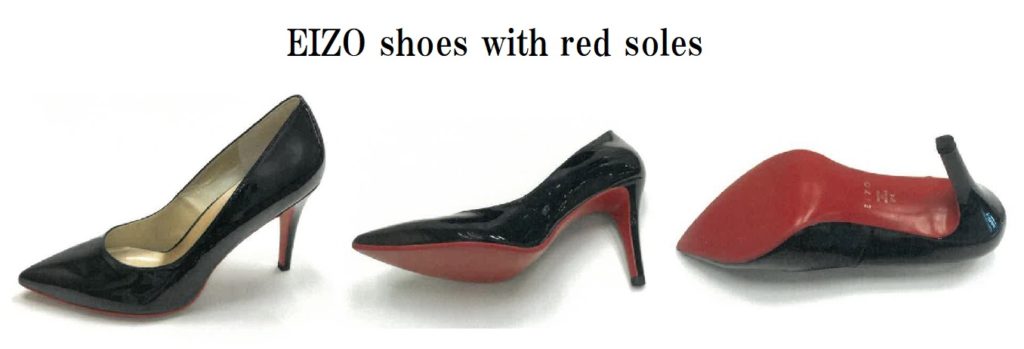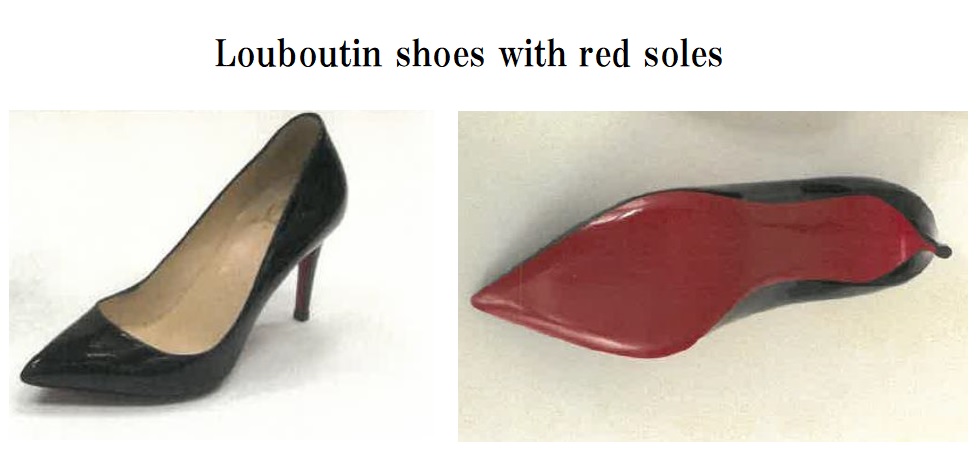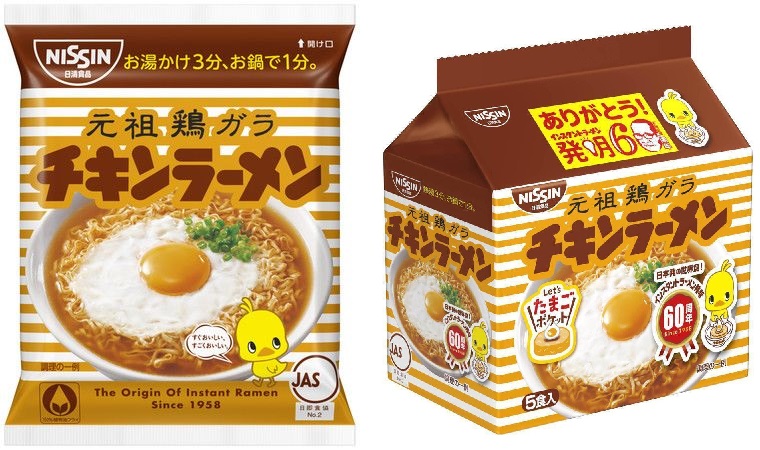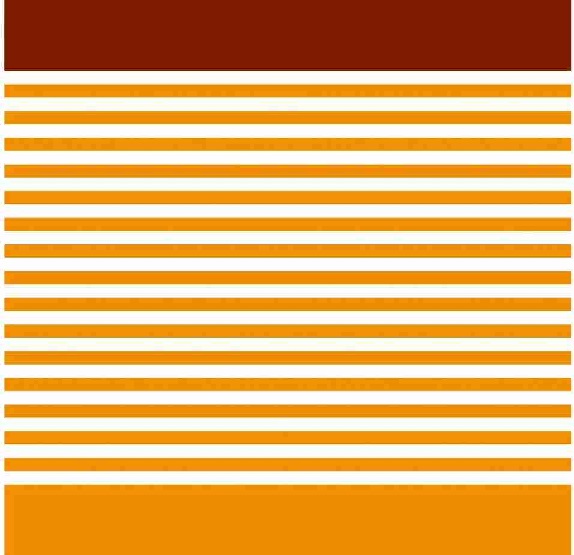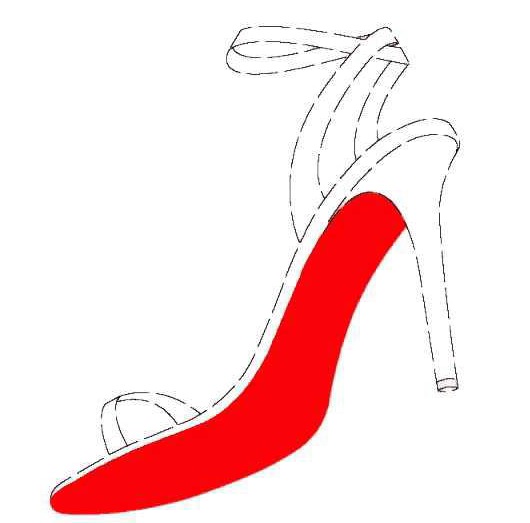The Japan IP High Court ruled to dismiss Herme’s appeal against the JPO decision that rejected Hermes packaging color due to a lack of inherent and acquired distinctiveness.
[Court case no. Reiwa5 (Gyo-ke) 10095, ruled on March 11, 2024]
Color mark of Hermes box
On August 23, 2023, HERMES INTERNARTIONAL filed an appeal with the Japan IP High Court to seek the cancellation of the JPO refusal decision (Appeal case no. 2021-13743) that denied registration of TM App no. 2018-133223 for a color mark consisting of orange on the entire box and brown on the upper outline of the box. (see below)
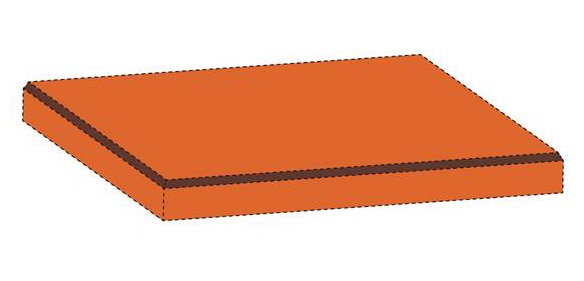
The application designates various goods in classes 3, 14, 16, 18, and retail services for the goods in class 35.
Second Market Research
HERMES conducted a second market research study in August 2023 to demonstrate acquired distinctiveness of its packaging color. The study targeted men and women in their 30s to 50s residing in nine prefectures who expressed interest in bags, accessories, watches, cosmetics, or perfume and had purchased either of these items within the past six months.
According to the second research report, 39.2% of respondents (2,060 in total) answered Hermes when shown three Hermes boxes in different shapes. 44.4% chose Hermes from the ten options (It is notable that 27.2% of respondents selected “Louis Vuitton” as their answer).
IP High Court decision
In their ruling, the judges pointed out the applied mark is classified into a mark consisting of colors, but from descriptions of mark, it is considered a two-color mark combined with a three-dimensional shape (a box).
The judges also noted the submitted evidence did not demonstrate the actual use of the applied mark in relation to perfumery of class 3 and paper boxes, paper bags, paper packages and wrapping papers of class 16, nor did it substantiate the use of the mark in relation to retail services for these goods in class 35.
The judge recognized that the “Hermes” brand has gained significant recognition in Japan, and its degree of renown is considered to be one of the most prominent among all fashion brands. From the submitted advertisement and publications, the applied mark evidently has been used as a symbolic color to indicate “Hermes” in a marketing tactic designed to enhance brand value. It is clear that the Hermes box is a well-known and important identifier for consumers interested in or who have purchased luxury fashion items.
The issue is whether relevant consumers can identify Hermes from the colors per se on Hermes box, without the word “Hermes” and the horse and carriage emblem. In this respect, the court said it useful to review brand recognition research especially in a case for color mark. The judges said the result of two market researches are sufficient (Recognition rate: approximately 40%) to admit acquired distinctiveness in general. However, two researches do not target general consumers by excluding age under 29 and over 60, and limiting their incomes JPY10,000,000 and above (1st research) or those who expressed interest in bags, accessories, watches, cosmetics, or perfume and had purchased either of these items within the past six months (2nd research).
Given the applied mark covers various goods that are regularly consumed by the general public, the researches with such limitations are inadequate and insufficient as evidence to demonstrate acquired distinctiveness of the color mark in question.
Therefore, the court has a reason to believe the JPO did not make an error in denying inherent and acquired distinctiveness of the applied mark and rejecting it based on Article 3(1)(iii) and 3(2) of the Trademark Law.
Based on the foregoing, the court decided to dismiss the entire appeal by Hermes.



